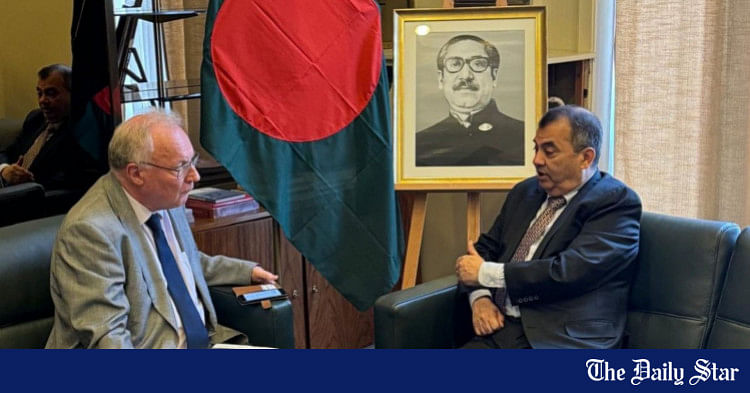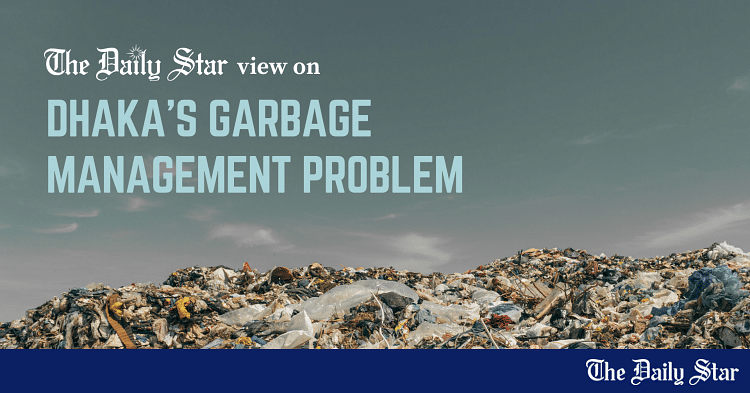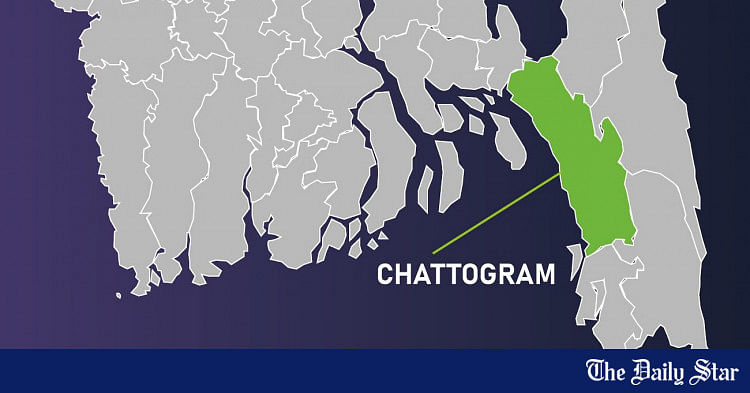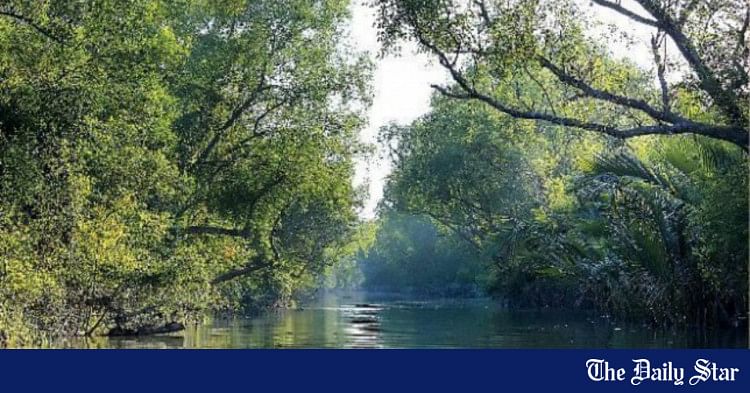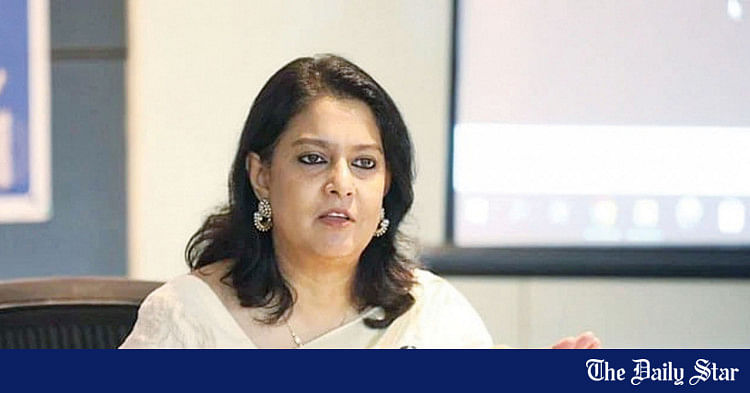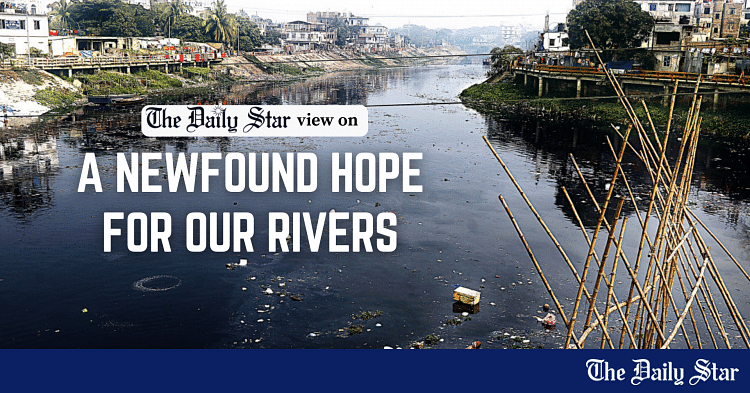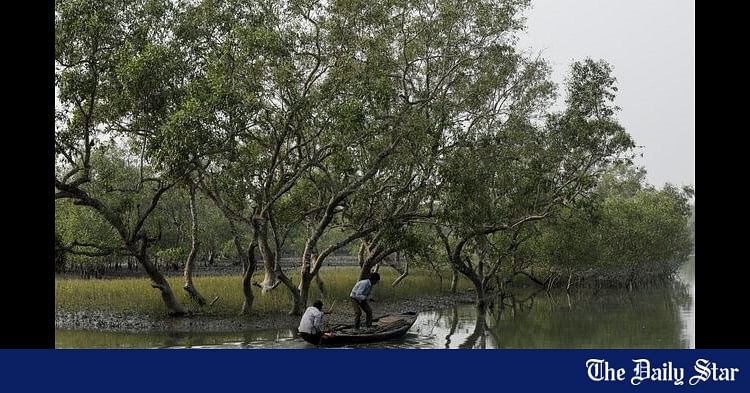- Copy to clipboard
- Thread starter
- #81
Saif
Senior Member
- Joined
- Jan 24, 2024
- Messages
- 15,397
- Reaction score
- 7,869
- Nation

- Residence

- Axis Group

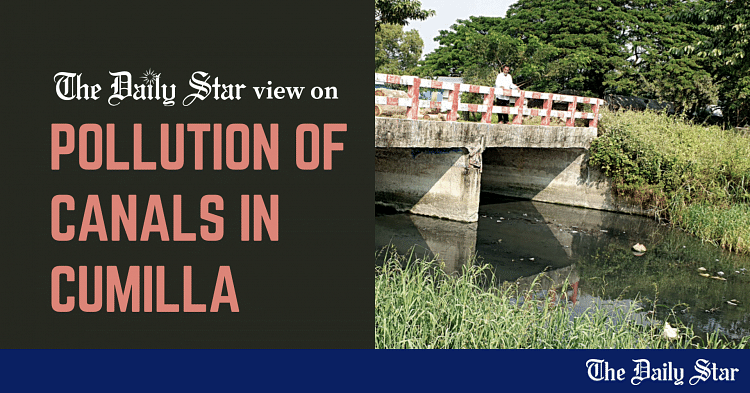
Indifference is killing our canals
Cumilla EPZ authorities must answer for pollution of canals
Indifference is killing our canals
Cumilla EPZ authorities must answer for pollution of canals

Given the speed with which our rivers, canals, and other water bodies are being grabbed or polluted, it may appear as if we are in some kind of a sick competition to destroy them. Every day, we are bombarded with news of influential people and institutions harming the lifelines of the country—not just big rivers but also the canals running through cities and towns. According to a recent report by this daily, the canals in Cumilla Sadar south upazila have been facing such onslaughts for some time now.
The problem has been traced to untreated industrial waste from the Cumilla Export Processing Zone (Cumilla EPZ) being discharged into at least five canals. As a result, some 70,000 people of 50 villages have lost their livelihoods. In the past, when the water of the canals was clear, it could be used for irrigation, fishing and other household purposes. But now the water has turned black and foul and is destroying crops while the fish population has also depleted. Two of the canals have already lost their navigability and shrunk due to deposition of industrial sludge.
The question is, why are the Cumilla EPZ factories discharging untreated waste into nearby canals despite there being a Central Effluent Treatment Plant (CETP) since 2014? It has been alleged that EPZ authorities often keep CETP operations suspended. What is the point of setting up a CETP if it cannot serve its purpose? Why is nothing being done despite the immense sufferings of local people?
Like these canals in Cumilla, there are countless others in the country that have been facing the same existential threat due to grabbing and indiscriminate waste disposal. The canals of Dhaka are perhaps the worst example in this regard, but those in Chattogram and other major districts are in no better shape. We have seen how the Chaktai canal in Chattogram was reduced to a narrow strip over the years. These filled-up water bodies are why many cities go under water even after a moderate rain. We, therefore, urge the authorities to revive at-risk canals by stopping illegal waste disposal.
Cumilla EPZ authorities must answer for pollution of canals
Given the speed with which our rivers, canals, and other water bodies are being grabbed or polluted, it may appear as if we are in some kind of a sick competition to destroy them. Every day, we are bombarded with news of influential people and institutions harming the lifelines of the country—not just big rivers but also the canals running through cities and towns. According to a recent report by this daily, the canals in Cumilla Sadar south upazila have been facing such onslaughts for some time now.
The problem has been traced to untreated industrial waste from the Cumilla Export Processing Zone (Cumilla EPZ) being discharged into at least five canals. As a result, some 70,000 people of 50 villages have lost their livelihoods. In the past, when the water of the canals was clear, it could be used for irrigation, fishing and other household purposes. But now the water has turned black and foul and is destroying crops while the fish population has also depleted. Two of the canals have already lost their navigability and shrunk due to deposition of industrial sludge.
The question is, why are the Cumilla EPZ factories discharging untreated waste into nearby canals despite there being a Central Effluent Treatment Plant (CETP) since 2014? It has been alleged that EPZ authorities often keep CETP operations suspended. What is the point of setting up a CETP if it cannot serve its purpose? Why is nothing being done despite the immense sufferings of local people?
Like these canals in Cumilla, there are countless others in the country that have been facing the same existential threat due to grabbing and indiscriminate waste disposal. The canals of Dhaka are perhaps the worst example in this regard, but those in Chattogram and other major districts are in no better shape. We have seen how the Chaktai canal in Chattogram was reduced to a narrow strip over the years. These filled-up water bodies are why many cities go under water even after a moderate rain. We, therefore, urge the authorities to revive at-risk canals by stopping illegal waste disposal.


